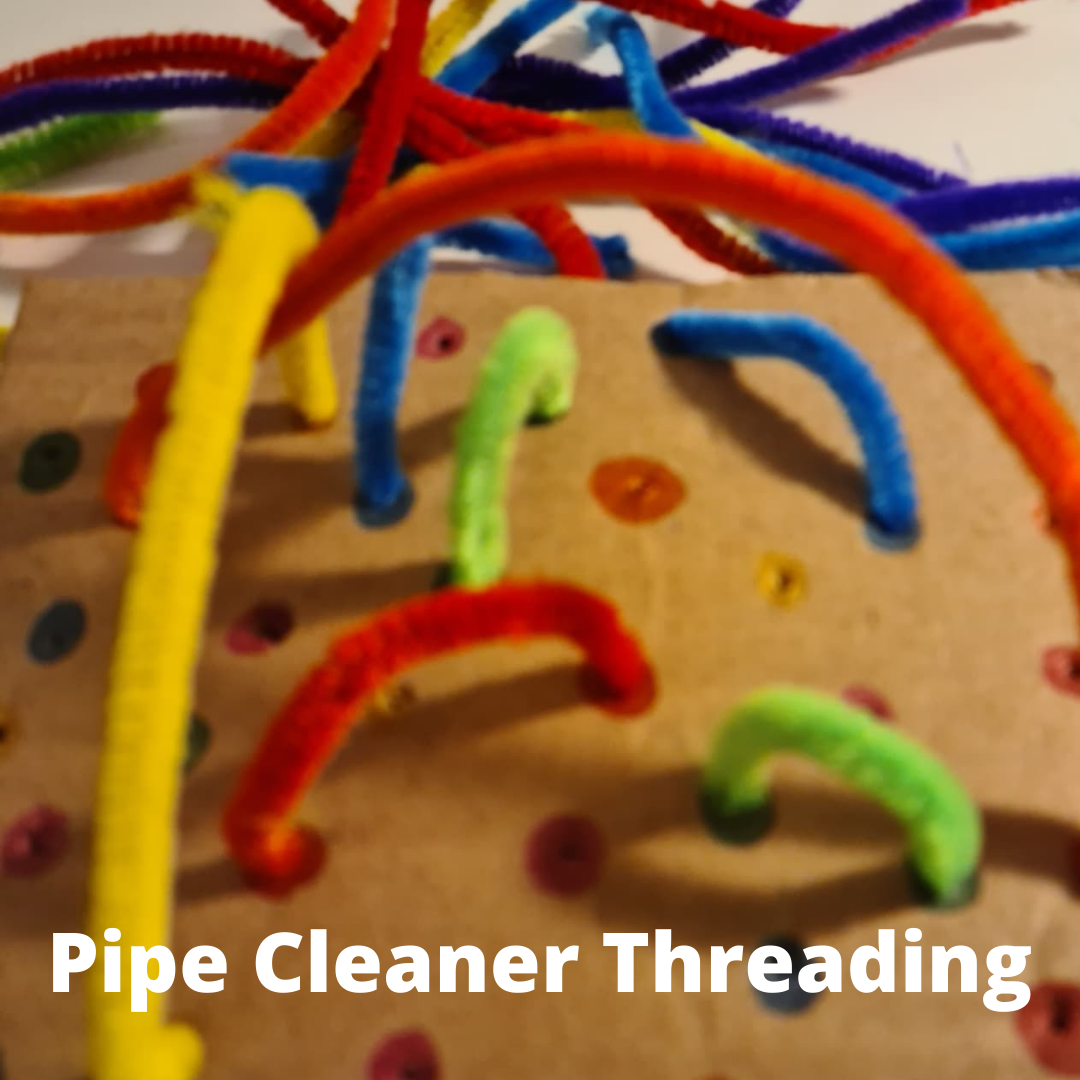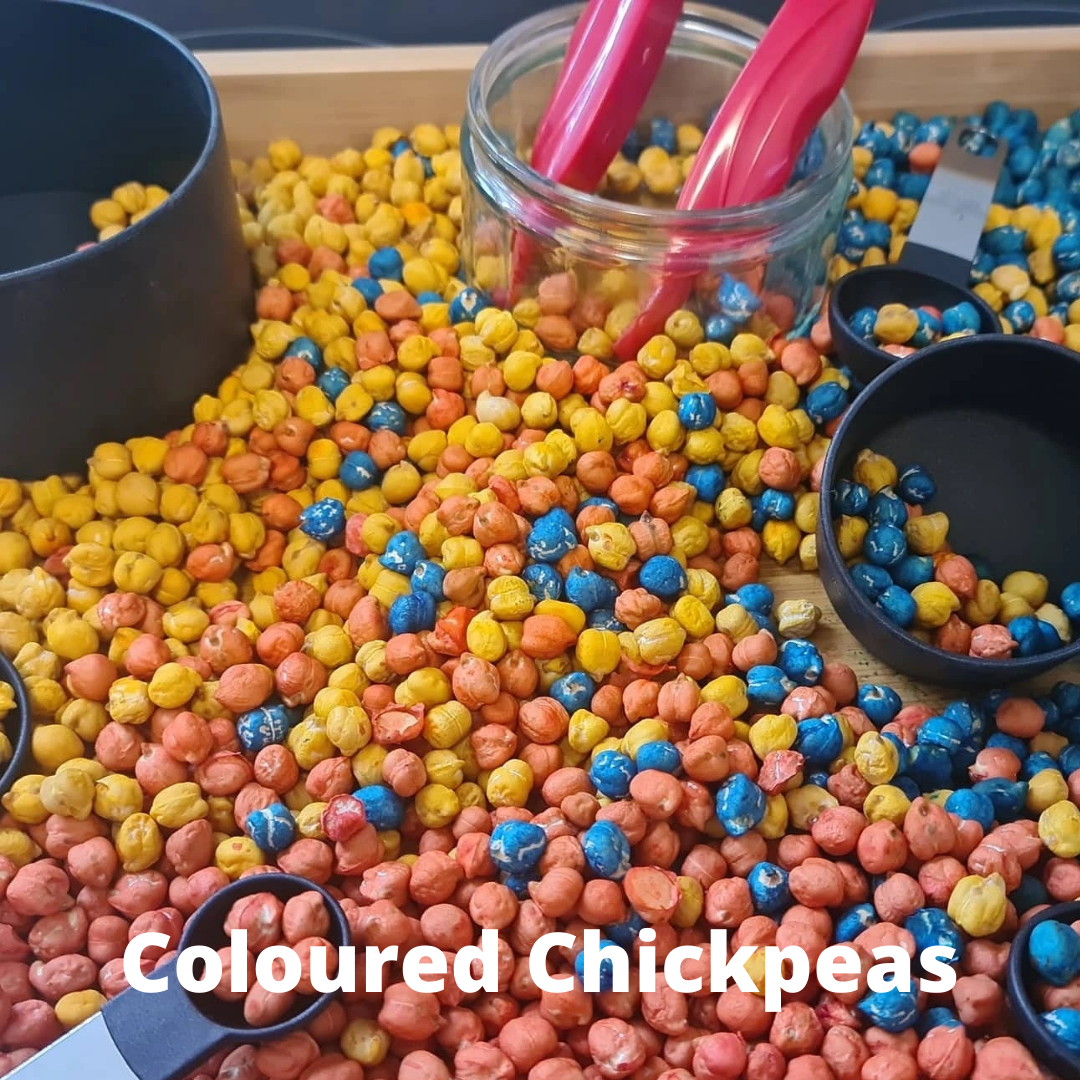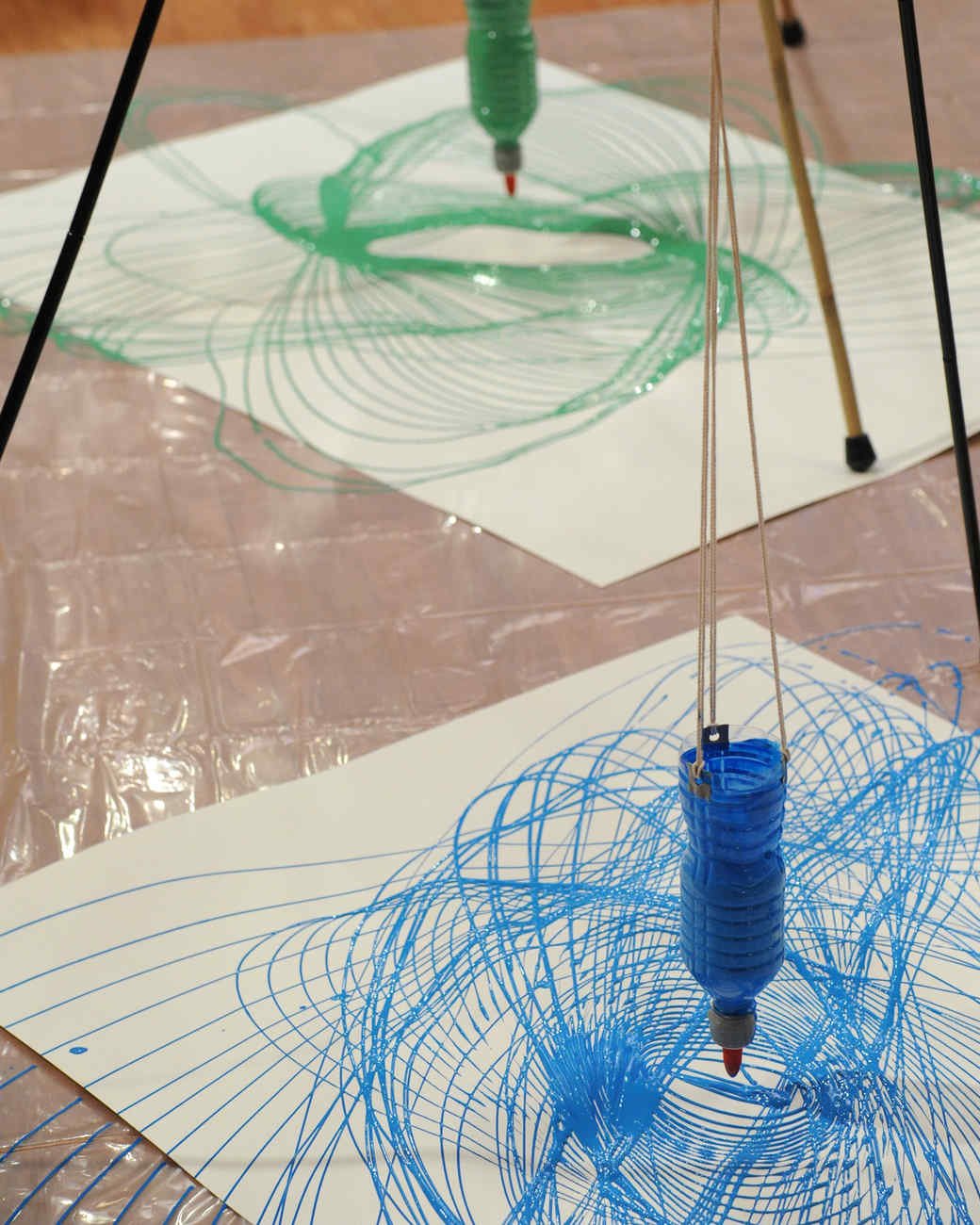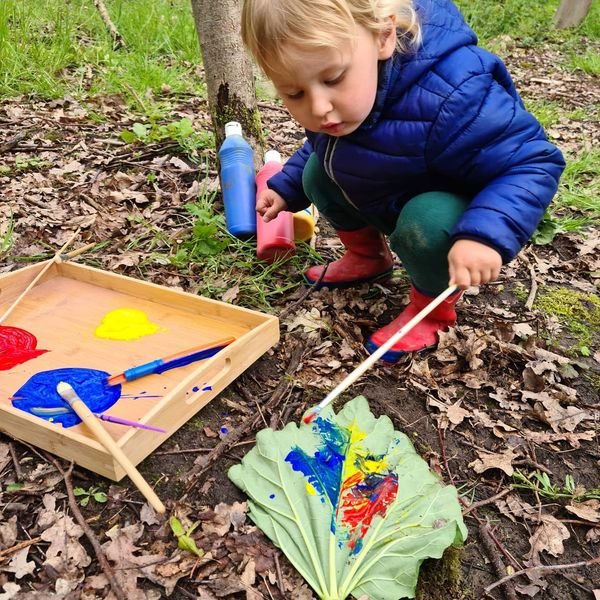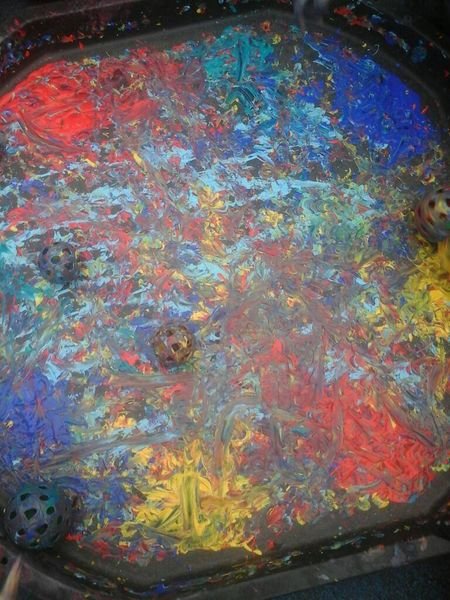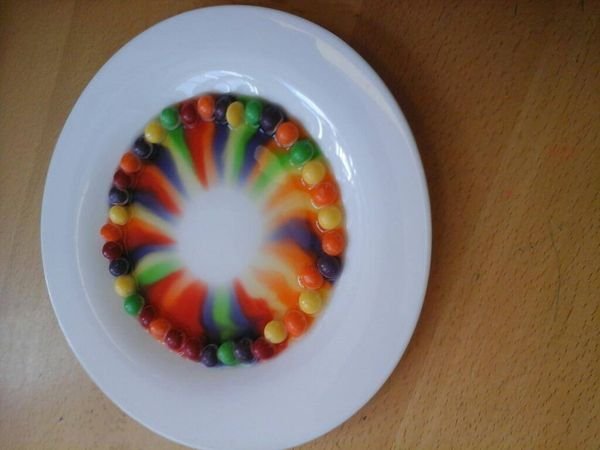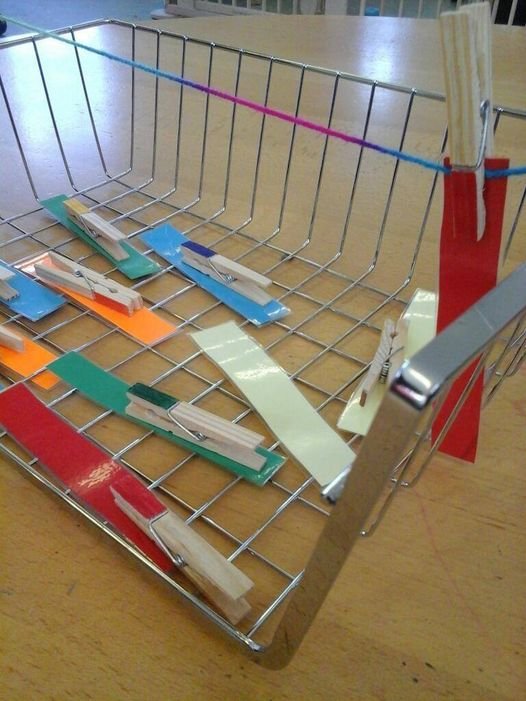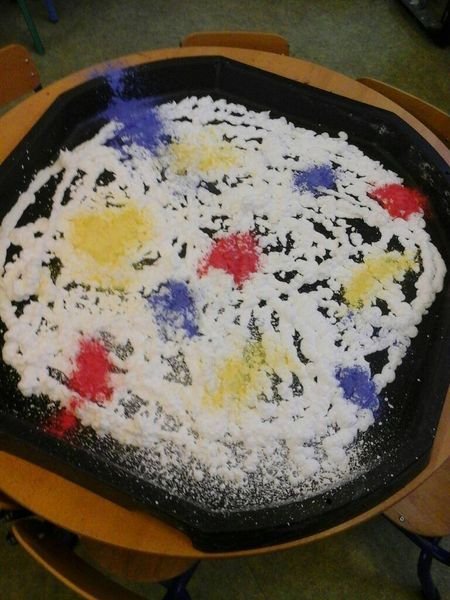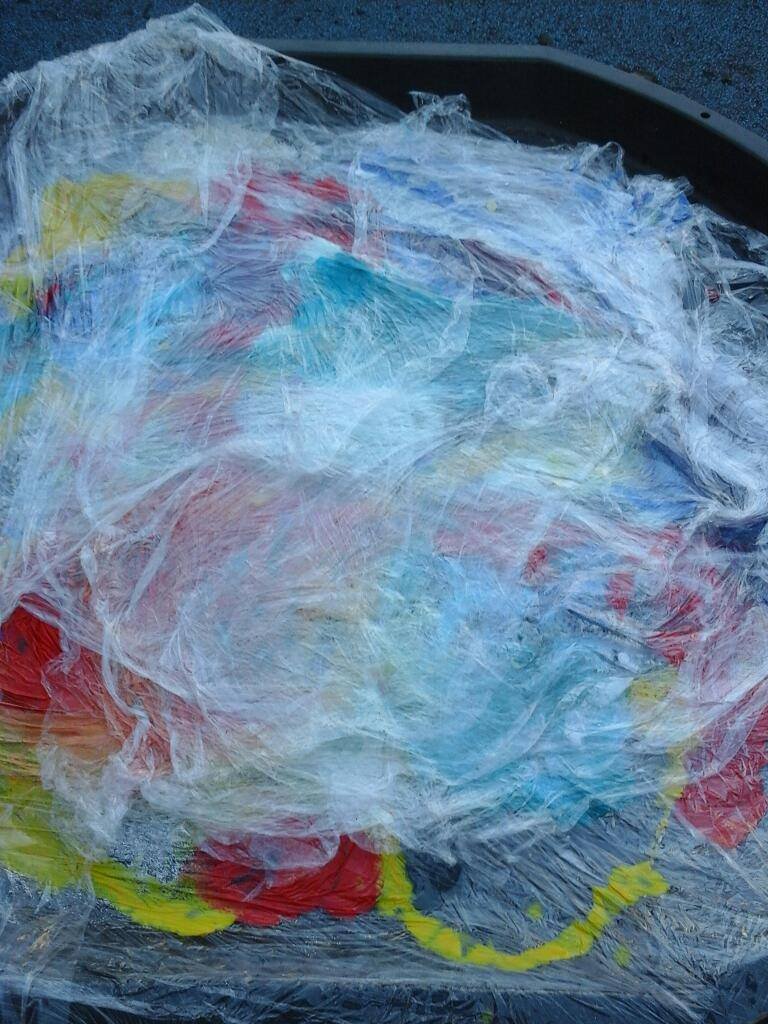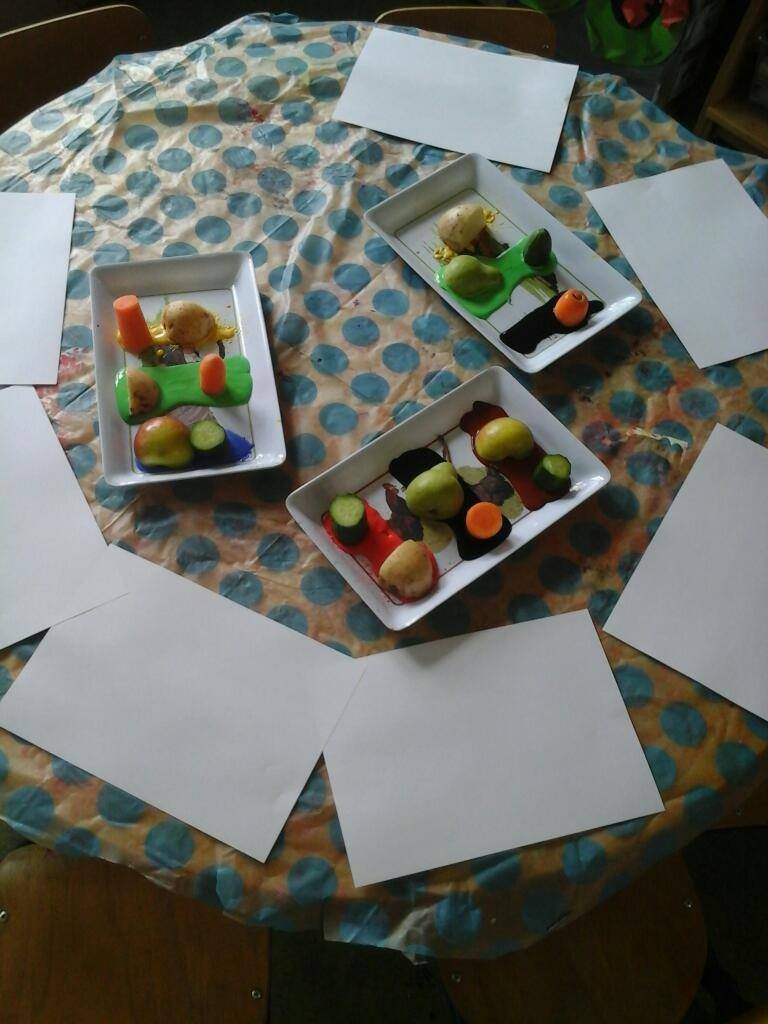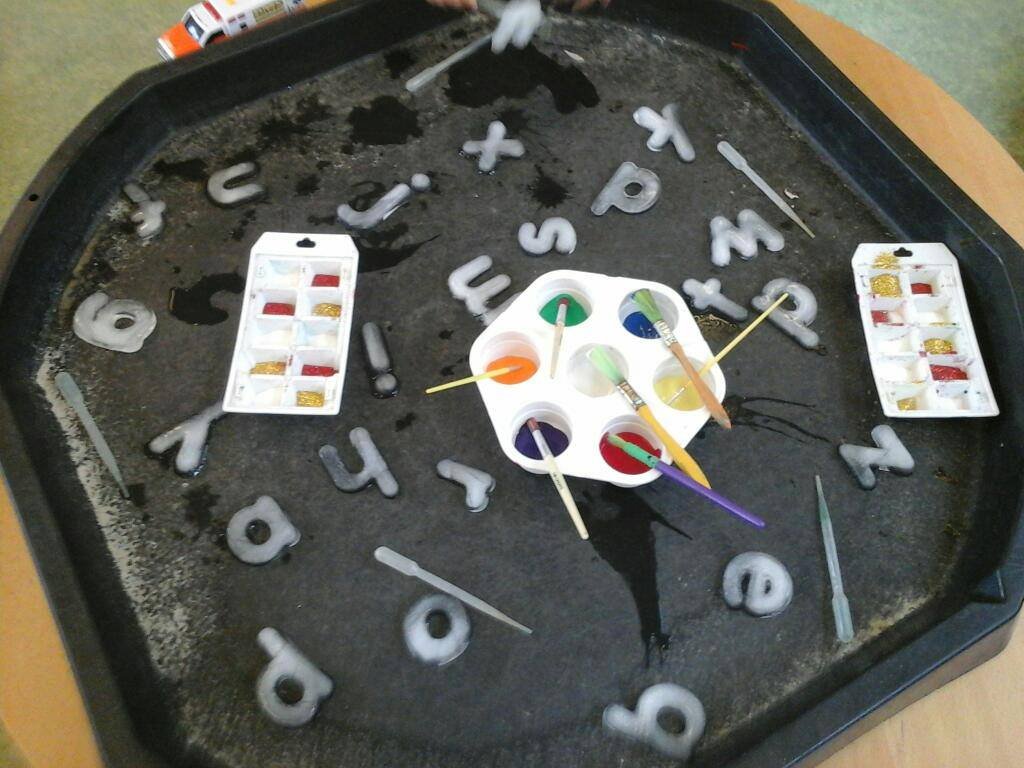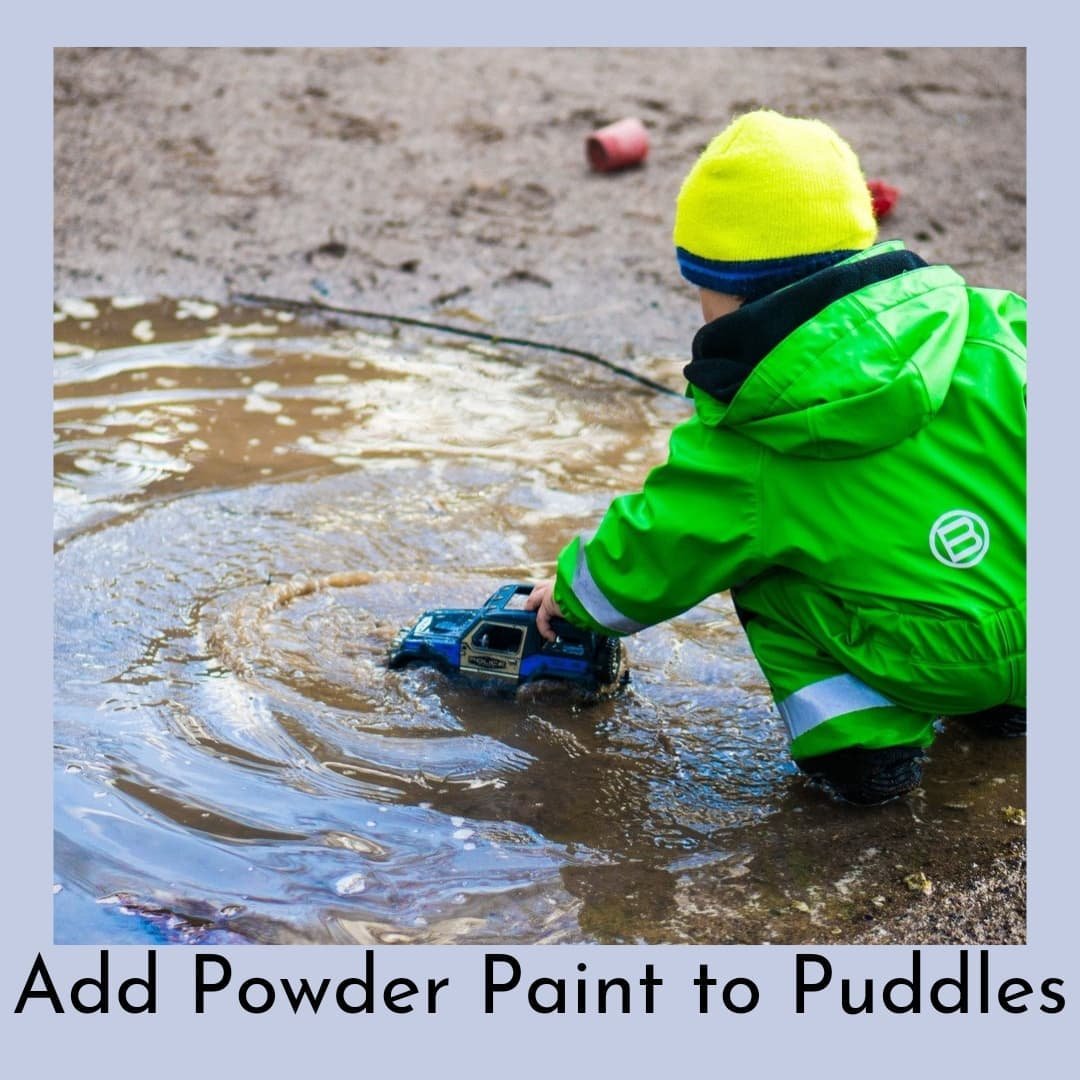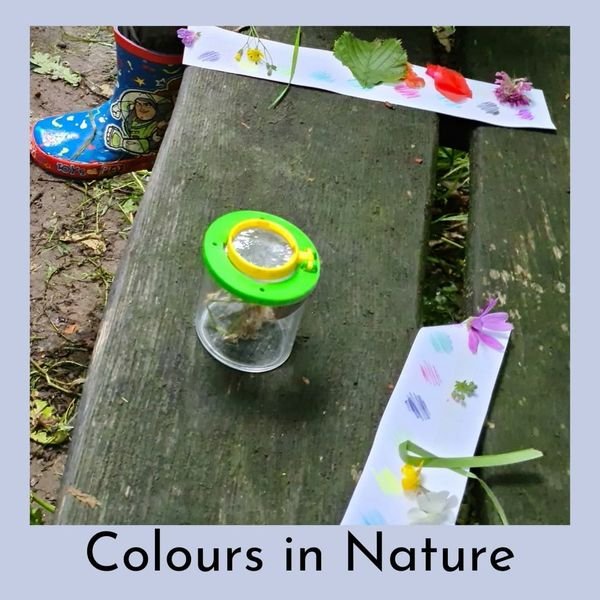Part Two: Teaching Colours in the Early Years
Part two of our blog series that explores teaching colours in the early years. Find out more here.
Last week’s blog explored what we meant by teaching in the early years. This week part two is going to explore how do children learn and develop their knowledge of colours through our curriculum that we use to teach them. Curriculum in its very simplest terms, is the framework for what we would like children to learn in the time that they are with us. This is one big composite (end goal) made up of many small components. Sam Sleeman-Boss and Wendy Radcliff from Ofsted at the childcare and education expo (2022) defined curriculum thinking as “the framework for setting our aims of a program of education, including the knowledge and skills to be gained at each stage.”
It is refreshing to remember that the Early Years Foundation Stage (EYFS) Educational Programs, lay the foundation or floor of our curriculum, but we develop our curriculum to help children reach for the stars. It simply doesn’t cover all the small steps, components and learning opportunities that children have in their time in the settings, which is based on the knowledge of a skilled practitioner. An example of this is that, by the end of their time in nursery with us we might want children to be able to express themselves through the careful selection of colour, identifying colours and communicating why. Children don’t simply learn these skills or information though through a quick transference of knowledge and information, they learn them through an ambitious curriculum that is made up of many components or small steps to help them reach the end goal by the end of their time with us.
This is done through hands on experiences in the early years that encourage exploratory learning, collaboration, and the opportunity to develop ideas alongside others. For example, we may start with our very youngest by that simple exploration of contrasts in colours. We know that babies are interested in those contrasts and that black, white, and red supports brain development We then might explore mark-making with different colours using those gross motor skills and movement of our whole bodies and begin to name the different colours that we make. Before doing matching and classifying by sorting, identifying, making patterns and so on. As the children continue to explore, we look at shades and mix different colours, but also recall how they make colours through a variety of activities, using paint, light boxes, messy play and so on. Before, we move onto that being creative using colour to express ourselves and carefully selecting those colours, there are many steps that children go through, in their journey of learning about colours in the early years.
Below are some activity ideas for teaching colours in the early years:
Implementation of Finger Gym in Early Years Settings
Lasts weeks blog spoke about the intent and reasons behind why settings may choose to implement finger gym as part of their early years curriculum. This week we intend to unpack some of the ways that you may choose to implement finger gym within your setting.


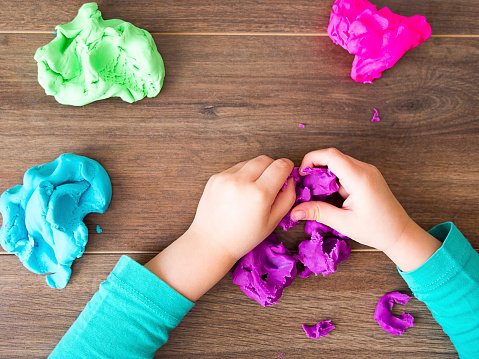
Lasts weeks blog spoke about the intent and reasons behind why settings may choose to implement finger gym as part of their early years curriculum. This week we intend to unpack some of the ways that you may choose to implement finger gym within your setting. All settings are different and unique, and it is important to remember what works for you and your early years setting will not always work for other settings and that is fine. It is about finding things that work for you and being willing to try new activities and ways of implementing early years practise.
Finger Gym Area
Some settings will choose to have an area with your continuous provision, which is set up daily with access to items and activities that have a finger gym area. For example, a coffee table with a challenge of the day, such as, using lollypop sticks to catch bottle lids in a tray of water. Or a small shelf selection with two or three provocations or challenges on the shelfs. Or open-ended resources such as, jumbo tweezers, small loose parts and so on which children can explore in a more open-ended approach to finger gym.
Focused Group Time Activities
Some settings may choose to implement finger gym in a more structured way, by running focused sessions daily. This may be as part of support plans, interventions, or to work with children who have been identified to need support with a certain area of development and learning. Typically, it may be children that you feel need support with their physical development and focus work on their fine motor skills.
Incorporating Finger Gym Throughout Your Continuous Provision
Some settings will opt for introducing finger gym activities throughout their continuous provision and will not have a set space or time for finger gym to occur. For example, whilst following the children’s interests a practitioner, might not that the children are showing a particular interest in spider webs and spiders. She/he may then decide to set up the small world area a web using a linen basket and string and place lots of spiders inside for the children to save with tweezers.
Or it may be that your setting does a mixture of any of these approaches with implementing finger gym. I think when deciding how you are going to implement finger gym in your early years settings it is important to consider the impact that you want to have for the children in your setting, and think carefully about your intent and what you want the children to get out of finger gym sessions or activities in your early years setting.
Join us for our next blog in the series where we hear case studies from some early years settings about their intent, implementation, and impact of finger gym in their setting.





